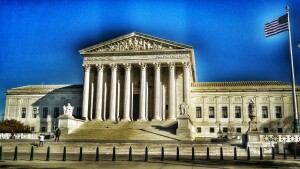On May 17, 1954, the United States Supreme Court did something monumental: it unanimously declared that racial segregation in public schools was unconstitutional. The case—Brown v. Board of Education—didn’t just overturn a legal precedent. It cracked the very foundation of institutional racism in America.
For decades, Plessy v. Ferguson (1896) had held that “separate but equal” was acceptable. But in reality, nothing about segregation was equal. Black children were often educated in crumbling schools with outdated books and underpaid teachers, while white students enjoyed vastly better conditions. The message was clear: some children mattered more than others.
Thurgood Marshall, the lead attorney for the plaintiffs (and future Supreme Court Justice), knew this case had the power to reshape the country. And Chief Justice Earl Warren, in his eloquent opinion, stated plainly that separate educational facilities are “inherently unequal.” Those words reverberated far beyond the courtroom.
But the ruling, though transformative, was not magic. Resistance followed swiftly. In many Southern states, desegregation was delayed, defied, or violently opposed. Black students—like the Little Rock Nine—would need federal troops to escort them into classrooms. The law had changed, but hearts and systems lagged behind.
Brown v. Board lit the torch for the modern civil rights movement. It inspired generations to march, sit in, speak out, and demand the promise of equality. It told Black Americans that the Constitution was supposed to include them, too.
Even today, the echoes of this decision are heard in debates about education, opportunity, and justice. Brown v. Board was more than a legal victory—it was a moral one.

